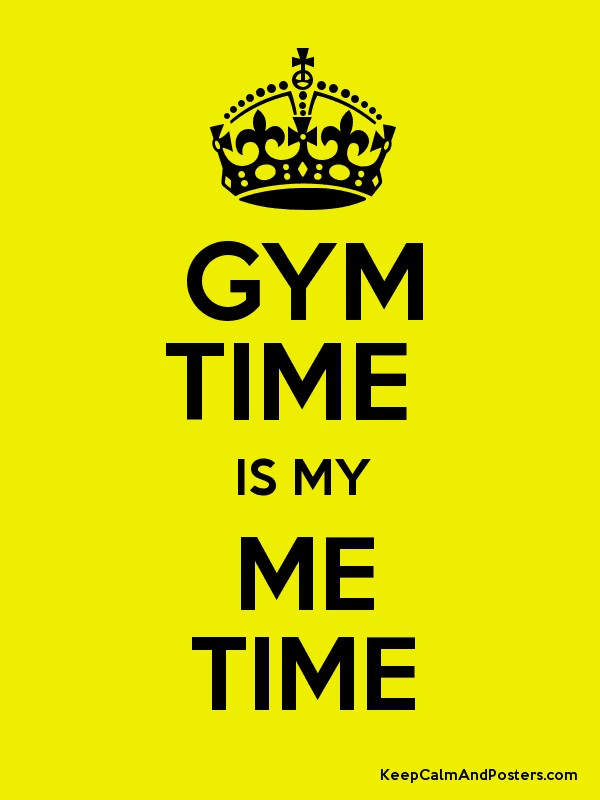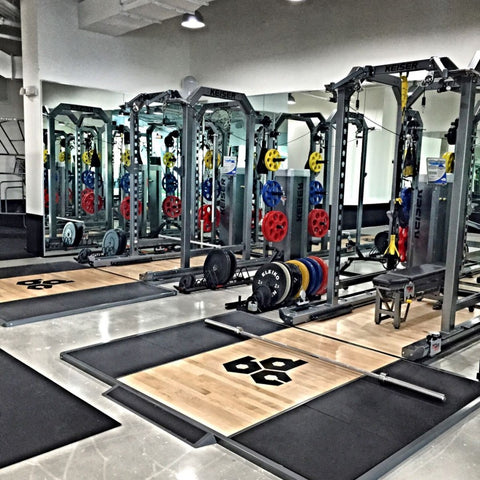
Here are some basic exercises to help develop ski-specific muscles. Place one leg on a small box (or step) and the other on a stairway. You can bend your knee and lift your hip. After that, you can tap the floor by tapping the other foot. This will allow you to improve both your power and control. These are important attributes for great skiers. You can do 10 repetitions of each leg. You will eventually be capable of raising the height or the number of steps. Do a few more sets with ten reps each leg to intensify your exercise.
Weighted dips
Skiing works all of your muscles, including your quadriceps and hamstrings. It also works your core, and dips and pull-ups are great for skiers to build strength in these muscles. To get the best results, do three to four sets of eight- to twelve repetitions per day. Beginners can use a machine that strengthens the hip abductors. Overexertion can cause more harm that good.
Standing squat
Standing squats for ski exercises help build the muscles that will propel you forward during the push phase of the ski ride. Your quads and gluteals propel your body forward in the push phase. The erector Spinae muscles stabilize you in the forward lean position for cross-country ski. It's a great way to strengthen the inner quads by holding onto a small medication ball or a rolled up blanket.

Jumping lunges
This exercise will work both your lower body and your cardiovascular system. This exercise should be avoided if you have knee or hip problems. Jumping lunges, which are plyometric exercises in their own right, can be done quickly. Here are a few simple moves that mimic the jumping lunge movement pattern:
Single-leg deadlift
Single-leg deadlifts should be performed by skiers to increase their balance. This exercise will help improve your ankle stability. To perform single-leg deadlift, stand with one leg bent at the knee and raise the other. Keep the other leg straight and your back leg bent. You should also extend your arms. Repeat the movement for ten to twelve reps. This exercise can also help strengthen core muscles, which is crucial to ski balance.
Renegade rows
Renegade rows aren't considered to be a bodybuilding exercise. However, you will need to use two dumbbells/ kettlebells. Start out with a light weight and increase as you gain strength. Holding the weights shoulder-width apart, the athlete must maintain a rigid core and maintain good technique while pulling the weight. Next, move the weights with one arm. Repeat the movement with the other arm. One repetition equals a set. Two reps equals one rep.

FAQ
Cardio Exercise: Good or Bad for Your Health?
Cardiovascular exercise is a great way to improve your cardiovascular health. It improves blood circulation, strengthens your heart muscle, increases stamina, helps you lose weight, and gives you energy.
Cardiovascular exercise includes running, biking, hiking, swimming, tennis, basketball, soccer, volleyball, football, etc.
Cardio exercises should be avoided at high intensity levels. This could cause injury.
The cardiovascular exercise should only be performed if you feel good.
You should never push yourself beyond your limits. This could lead to injury.
Begin by warming up before engaging in cardio exercise. Next, increase your intensity gradually.
Listen to your body. If you feel pain while performing cardiovascular exercise, it is important to stop immediately.
It is also advisable to rest after a cardiovascular workout. This allows your muscles to recuperate.
Cardiovascular exercise is essential for losing weight.
It is the most effective way to burn calories and reduce belly fat.
Is it true that overeating protein causes kidney stones?
Protein is essential for healthy bones and tissue. However, too much protein can result in calcium excretion through the urine. This can lead to kidney stones.
It is important to remember that not all people get kidney stones from eating more than 2g protein per kilogram (2.2lbs) of body weight. You don't have to eat a lot of protein to get kidney stones.
By being careful with your sodium intake, you can prevent kidney stones. Sodium regulates the water balance of the kidneys. High levels of sodium are linked to a greater risk of developing renal stones.
You can also reduce your intake of proteins if you develop kidney stones. Protein provides about half of the daily caloric needs for most adults. It is possible to lose weight by cutting down on your intake of proteins.
If you do decide to eat more protein, don't go overboard. Do not eat more than 20% of your daily calories from protein.
Is Cardio Better Than Strength Training?
Both are equally good. But cardio is a much better choice if you want to gain muscles faster.
Cardio burns far more calories per min than strength training. It also burns fat more efficiently.
Strength training increases muscle mass but takes more time than cardio.
Statistics
- 10 pounds in a month is likely during a lean bulking phase, especially for beginners. (muscleandstrength.com)
- According to the American Academy of Dermatology (AAD), men over 50 are at a heightened risk of developing it. (healthline.com)
- An estimated calorie range for moderately active adult males falls between 2,200 to 2,800 calories per day, depending on age. (eatright.org)
- Candidates and applicants must pass all four tests at 70% (minimum level) to graduate from Basic Deputy U.S. Marshal (BDUSM) Training. (usmarshals.gov)
- Are You One of the 20% of Guys (mh.co.za)
External Links
How To
How can I burn fat while exercising?
Exercise can help you burn calories and increase your metabolism.
Exercise at a moderate intensity to safely lose weight.
These tips can help you to burn fat while training:
-
Cardio exercises like walking, running (or jogging), swimming, cycling, running, and/or elliptical training are all good options.
-
Do 30 minutes of exercise three times a week.
-
You can lose weight by adding strength training to the routine.
-
Avoid intense workouts. You can build muscle without having to lose muscle tissue.
-
During exercise, drink plenty of water. Water flushes out toxins and helps keep the body hydrated.
-
Choose low-fat protein shakes after working out. Protein shakes can help boost energy and repair muscles.
-
Take smaller meals throughout each day to avoid feeling hungry.
-
Don't skip breakfast! Skipping breakfast can lead to fatigue and sluggishness.
-
Take care to your mental well-being. Stressful situations may slow down your metabolism.
-
Keep a positive attitude. Studies show that overweight people are more likely to be obese than those who perceive themselves as attractive.
-
Get enough sleep. A lack of sleep makes it difficult to lose fat.
-
Stay active. Get up every hour and get moving.
-
Maintain a healthy diet. Eat right to feel satisfied and full for longer.
-
Relaxation is possible by finding ways to relax. Tenseness can cause stress hormones to break down muscle tissue.
A balanced diet will provide all nutrients that are necessary for growth.
You should eat six small meals per day rather than three large ones. This allows your body to properly digest what you have eaten.
To maintain strong bones, you need to consume 500 mg of calcium each day. Calcium is found in dairy products like yogurt, fortified milk beverages, orange juices, cereals and bread.
Calcium is found in leafy vegetables, beans and tofu, as well nuts, seeds and cheese.
Vitamin D is necessary for the body to absorb calcium. Vitamin D is found in certain fortified foods, such as egg yolk and fatty fish.
Vitamin E plays an important role in skin health. Vitamin E can be found in vegetable oils as well as wheat germ oil, peanuts and almonds.
Your body requires zinc for normal immune function and wound healing. Zinc can be found in seafood, legumes and meats.
Zinc deficiency can cause fatigue and loss of appetite. It can also lead to depression and impaired immunity.
Too much sugar leads to insulin resistance. This results in higher blood glucose levels. Insulin resistance can lead to weight gain.
High levels of free radicals can lead to insulin resistance. Free radicals refer to molecules that contain unpaired electrons. They can damage cell membranes and other body parts.
The most common sources of free radicals include food additives.
Free radicals can lead to cancer and heart disease, diabetes mellitus, arthritis, asthma, and premature aging.
Eating a well-balanced diet with antioxidants is the best way to prevent free radical damage. Antioxidants protect against oxidative damage.
Vitamin C can be found in citrus fruits. Beta carotene can be found in carrots. Sweet potatoes. Tomatoes. Carrots. Sweet potatoes. Spinach. Broccoli. Cantaloupe. Vitamin E is found in nuts. Olive oil, avocados.
Other antioxidant nutrients include selenium, copper, manganese, and zinc.
Selenium helps to protect cells against free radicals and oxidative stress. Selenium can be found in Brazil nuts and liver, kidneys, liver, kidneys, shrimp, cod, turkey and lamb as well as chicken.
Copper protects the brain and eyes as well as the lungs and red blood cells. Copper can be found in meat, shellfish, meat, and organ meats.
Manganese plays an important role in bone structure. Manganese is found as a component of bone structure in brown rice (spinach, bananas), prunes, raisins and oatmeal.
Zinc is required for normal growth, reproduction and wound healing. Zn can be found in lean cuts, white fish, poultry, eggs, and other foods.